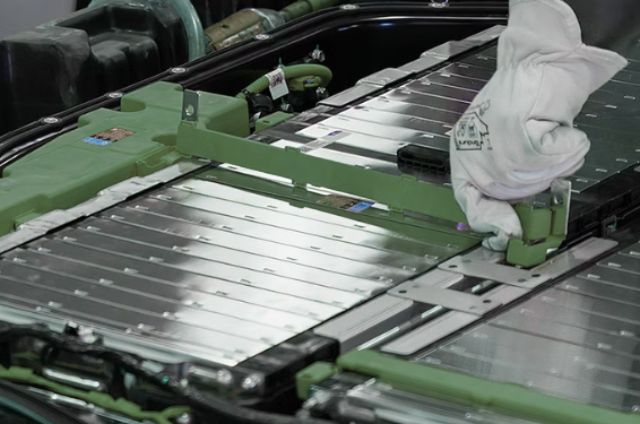Scientists Replace Copper with Carbon in Breakthrough EV Motor
A team of Korean scientists has created a small electric motor that works without a single strand of copper. Instead, it uses carbon nanotube cables — ultra-light, ultra-conductive threads of rolled graphene — to spin up power with far less weight.
This innovation could pave the way for lighter, more efficient electric vehicles, airplanes, and even renewable energy systems.
A Lighter Way to Drive Electricity
Led by Ki-Hyun Ryu at the Korea Institute of Science and Technology (KIST), the team developed a motor that runs on just 3 volts. It powered a small scale-model car down a track, proving the concept outside the lab.
The key is in the cable. Each one uses a core-sheath design — a bundle of aligned carbon nanotubes wrapped in insulation. Thanks to a precise alignment process using lyotropic liquid crystals and a surface treatment called LAST, these cables carry current with minimal energy loss.
How It Stacks Up Against Copper
At the same voltage, copper coils reach higher speeds — around 18,000 RPM versus 3,400 RPM with nanotubes. But there’s a twist: carbon nanotube wire is five times lighter than copper. That gives it a better speed-to-weight ratio, a crucial factor in vehicle efficiency.
The cables maintained stability at up to 3.5 watts for over an hour. That makes them a viable option for real-world applications — not just lab demos.
Why This Matters for EVs
Electric vehicles are packed with heavy copper wiring. Replacing it with lighter nanotube conductors could extend range, reduce emissions, and free up space. Lower weight means lower energy usage, especially in city driving.
Plus, nanotube cables are recyclable, pointing toward a more sustainable materials cycle. Solvent recovery and closed-loop systems will be key to scaling production safely.
The Road Ahead
While carbon nanotube motors won’t replace copper overnight, this breakthrough shows a clear path forward. With improvements in cost, performance, and durability, the future of EV motors might be metal-free.



